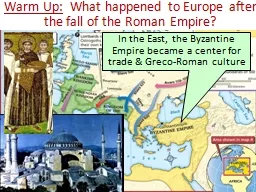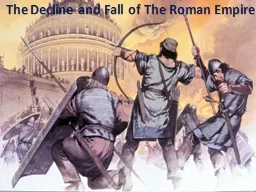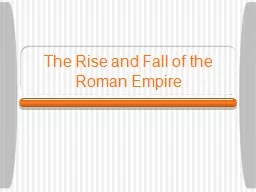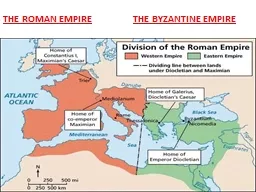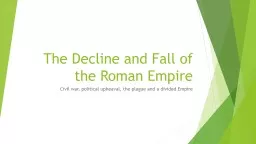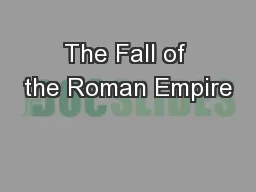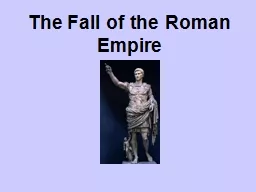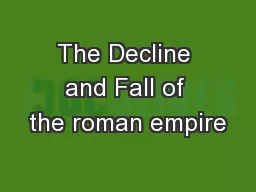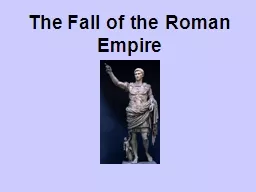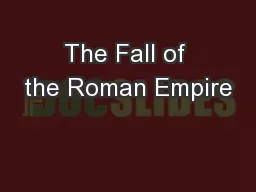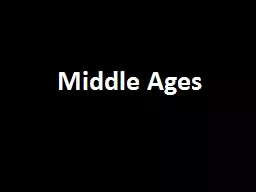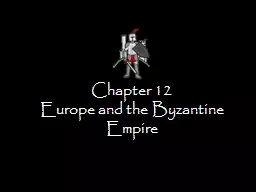PPT-Warm Up: What happened to Europe after the fall of the Roman Empire?
Author : karlyn-bohler | Published Date : 2018-03-14
In the East the Byzantine Empire became a center for trade amp GrecoRoman culture The Middle Ages In the West Europe grew weak amp fell into the Middle Ages from
Presentation Embed Code
Download Presentation
Download Presentation The PPT/PDF document "Warm Up: What happened to Europe after..." is the property of its rightful owner. Permission is granted to download and print the materials on this website for personal, non-commercial use only, and to display it on your personal computer provided you do not modify the materials and that you retain all copyright notices contained in the materials. By downloading content from our website, you accept the terms of this agreement.
Warm Up: What happened to Europe after the fall of the Roman Empire?: Transcript
Download Rules Of Document
"Warm Up: What happened to Europe after the fall of the Roman Empire?"The content belongs to its owner. You may download and print it for personal use, without modification, and keep all copyright notices. By downloading, you agree to these terms.
Related Documents

